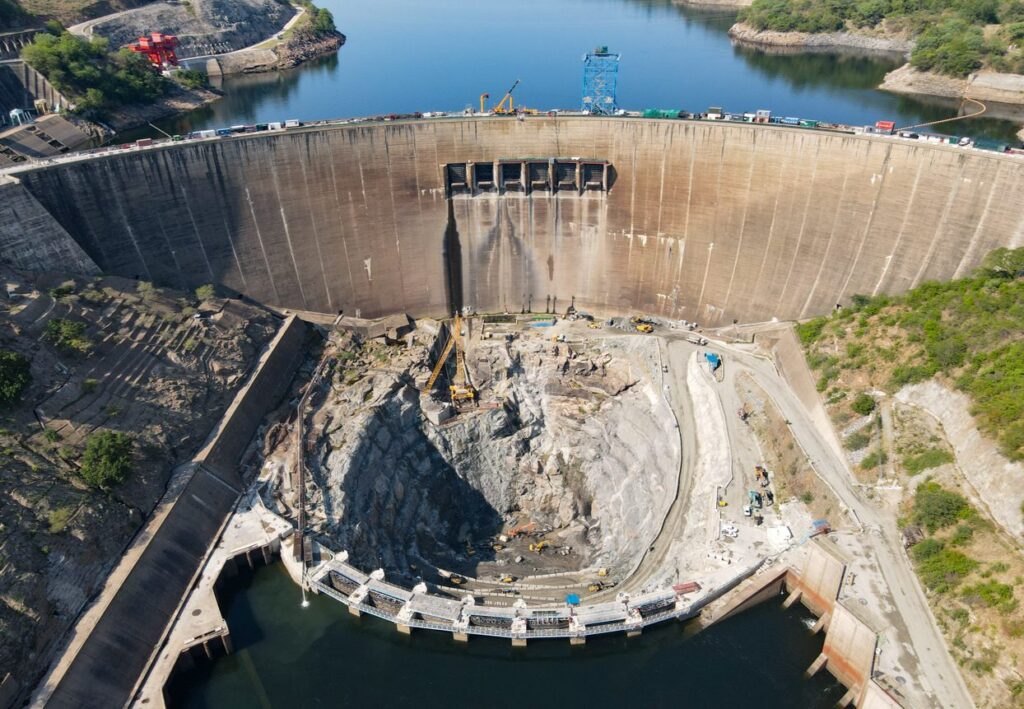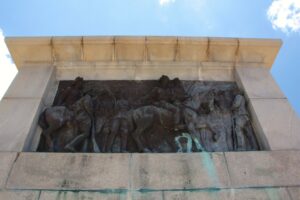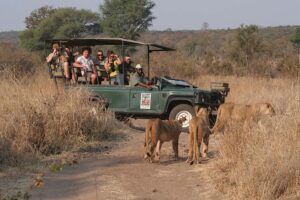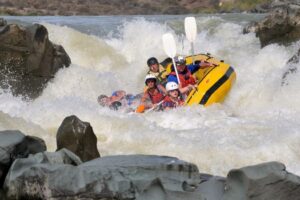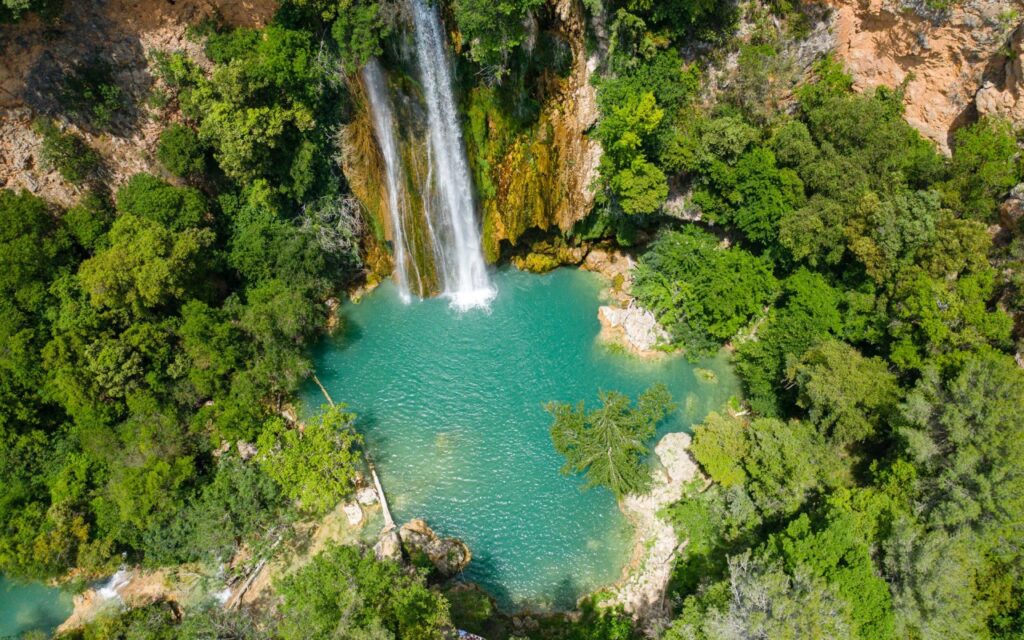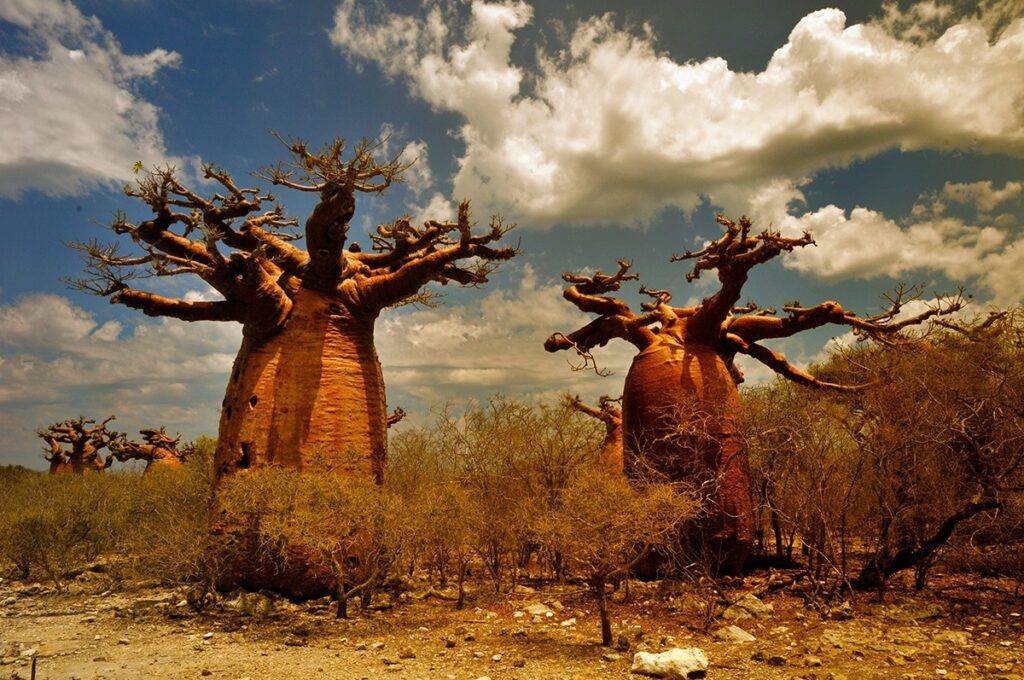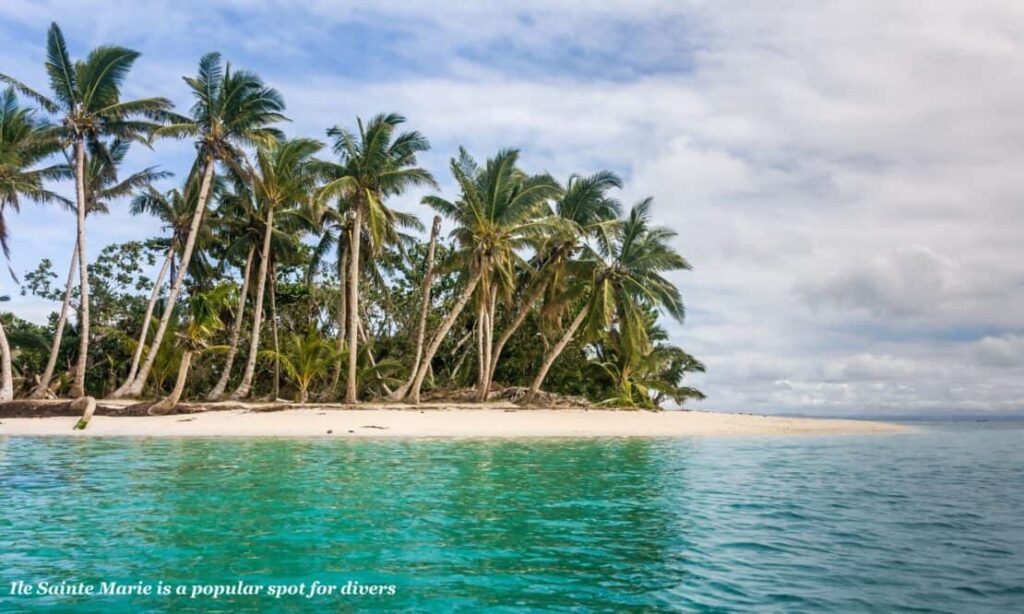Nestled between Zambia and Zimbabwe, the Kariba Dam stands as a testament to human ingenuity and engineering prowess. This colossal structure, which tames the mighty Zambezi River, is not just a vital source of hydroelectric power but also a fascinating tourist destination. Whether you’re an engineering enthusiast, a nature lover, or simply curious about this marvel, Kariba Dam offers a unique blend of history, breathtaking views, and intriguing facts.
What to See at Kariba Dam
When visiting Kariba Dam, the first thing that strikes you is its sheer size. The dam wall stretches over 2,000 feet long and towers 420 feet high, creating one of the largest man-made lakes in the world, Lake Kariba. The panoramic views from the dam are nothing short of spectacular, with the vast expanse of water shimmering under the African sun and the surrounding hills providing a picturesque backdrop.
Visitors can take guided tours that offer insights into the dam’s construction and operation. These tours often include a walk across the dam wall, where you can feel the power of the Zambezi River beneath your feet. For those interested in wildlife, the lake is home to a variety of species, including hippos, crocodiles, and a rich diversity of birdlife. Boat cruises on Lake Kariba are a popular way to explore the area, offering opportunities to see these animals up close and enjoy stunning sunsets over the water.
A Bit of History and Interesting Facts
The Kariba Dam was constructed between 1955 and 1959, a monumental project that required the relocation of over 57,000 people and the flooding of the Kariba Gorge. It was a joint venture between the governments of Zambia and Zimbabwe, then known as Northern and Southern Rhodesia. The dam was designed to provide hydroelectric power to both countries, significantly boosting their industrial capabilities.
One of the most interesting aspects of the dam’s history is the story of Operation Noah. As the waters of Lake Kariba began to rise, a massive rescue operation was launched to save thousands of animals trapped on the islands formed by the flooding. This operation, led by conservationist Rupert Fothergill, successfully relocated many animals to safer areas, highlighting the challenges and triumphs of balancing human progress with environmental conservation.
Getting There and Tips for First-Time Visitors
Reaching Kariba Dam is relatively straightforward. If you’re coming from Zambia, the town of Siavonga is the closest access point, while from Zimbabwe, you can reach the dam via the town of Kariba. Both towns are accessible by road, with regular bus services and car hire options available. For those flying in, the nearest airports are Lusaka in Zambia and Harare in Zimbabwe, both of which offer connections to the respective towns.
For first-time visitors, it’s advisable to plan your visit during the dry season, from May to October, when the weather is more predictable, and wildlife viewing is at its best. Remember to carry essentials like sunscreen, a hat, and comfortable walking shoes, as you’ll likely spend a good amount of time outdoors. If you’re interested in a guided tour, it’s a good idea to book in advance, especially during peak tourist seasons.
In conclusion, the Kariba Dam is more than just a feat of engineering; it’s a place where history, nature, and human achievement converge. Whether you’re marveling at its construction, enjoying the natural beauty of Lake Kariba, or learning about its impact on the region, a visit to this iconic dam is sure to be a memorable experience.
